
Photo: Gerber
I’ve always had a thing for knives. My grandfather was adamant about carrying a pocket knife, an avid hunter and angler he never left his house without a folding blade in his pocket. My love of quality steel would only be furthered when in 1986, my hero, Crocodile Dundee looked a switchblade-wielding New York City mugger straight in the eye and proclaimed in a cheeky Australian accent, “That’s not a knife. That’s a knife,” as he unsheathed his signature Bowie knife, that has more in common with a small sword than any modern pocket knife.
A quality pocket knife is a perfect utility tool for everyday outings, whether you use it to open tightly sealed boxes or to clean a fish, a good knife can handle a range of tasks. And while a pocket knife is almost a requirement for any serious outdoors person, the range of pocket knives available to the outdoor consumer is staggering.
I’ve always been fascinated by pricey knives, when I say pricey I generally think of knives that retail for over $150.00. Given my predisposition to lose pocket knives, especially on multi-week excursions, I generally buy knives that are in the $50-$75.00 range. I’ll pick up a lightweight, foldable knife from any outdoor or sporting goods store, and know that if I lose it in the next 6-12 months I won’t have an emotional breakdown.
I can’t really imagine losing a $300 knife. While I’m not generally emotionally attached to material goods, and I regularly beat the crap out of gear that costs more than $300, there is something that seems potentially traumatizing about losing an expensive piece of gear that doesn’t far exceed its cheaper counterparts in performance.
With this in mind, I set out to compare two knives that were very similar in style, size, and objective–the place where the two knives deviated, and quite significantly, was in price.
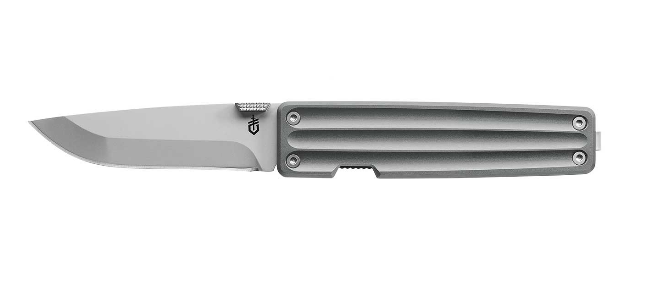
Gerber Pocket Square With Aluminum Handle ($32.00)
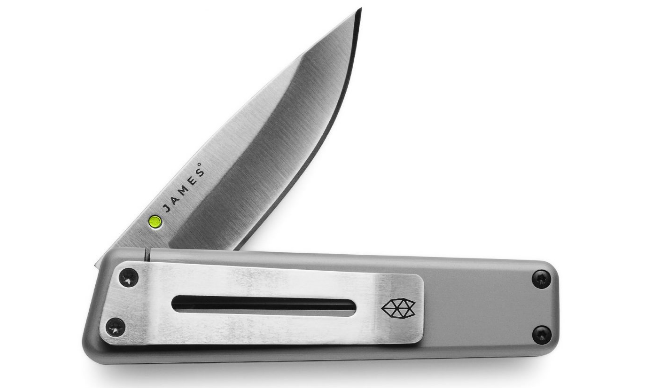
James Brand The Chapter Titanium + Stainless ($275.00)
The Knives:
Both of these knives are foldable-style pocket knives, with an overall length of just over 6.5 inches. The knives feature straight blades. James Brand does offer the Chapter with a mixed straight and serrated blade, which would almost always be my first choice when choosing a daily pocket knife, as versatility is good. However, Gerber only offers the Pocket Square in a straight blade, so we tested the Chapter in a straight blade to offer as accurate a comparison as possible.
It’s also important to note that both of these knives have a more urban feel. A few things that would be important for me as an outdoorsman who was looking for a knife to bring into the backcountry would be blade variation as mentioned before, a more hand-molded grip, and a beefier tactical blade. These knives would work great as daily drivers, especially if you spend more time in the city than in the woods.
I put both knives through a number of tests including cutting through climbing rope, slicing a proper steak, gripping a skateboard, and prying open industrial cardboard box staples.
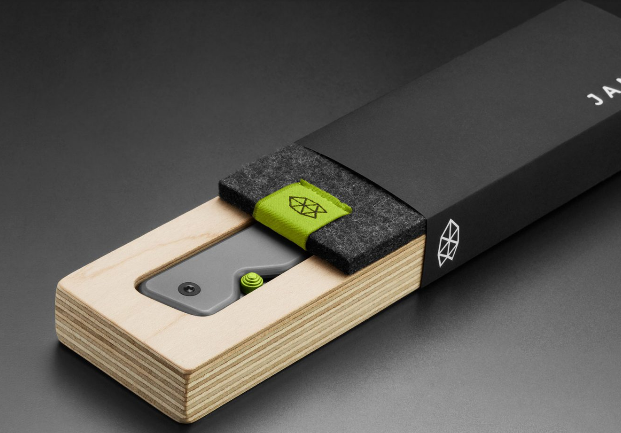
The Good – James Brand Chapter
Packaging might not be an essential element to choosing the right pocket knife, but if you are spending upwards of $300 on a small knife, one should be treated to an experience. When it comes to packaging, James Brand has it dialed. The knife comes in a beautifully-crafted wood holder, and also includes a nice cloth sheath, to keep the knife in when you aren’t using it. If good design is the intersection of form and function than The James Brand is ahead of the fold.
Right out of the box The Chapter felt really nice. You can immediately tell it’s made with high-quality materials and finely-executed detail. The knife is extremely light and the action was pretty good from the jump. The best part about the Chapter was that it was sharp, you can easily throw this knife in your pocket and hit the road.
James Brand definitely did some R&D as it’s extremely comfortable both free, inside the pocket, and clipped. The Chapter performed well in all of the tests, especially anything that seemed to call for slicing like cutting meat and rope. The sharp and high-quality blade was far superior in all aspects when it came to precision cutting. The thing felt like a scalpel.
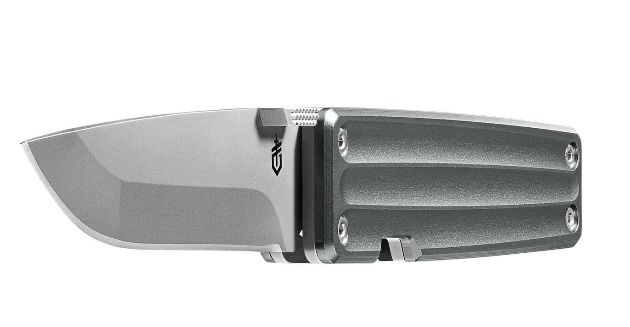
The Pocket Square
I was expecting to feel a significant difference in the two knives, but the Pocket Square felt pretty good out of the box. Like most Gerber’s, the action was a little stiff initially but smoothed out after opening and closing the knife a few times. The Pocket Square definitely weighs more, which for me isn’t a bad thing, I like to know when I have a tool in my hand, as sometimes weight equates to sturdiness.
Gerber also did a nice job making The Pocket Square a comfortable carry, even with its additional weight. I didn’t love having it floating freely in my pocket, but carrying it clipped inside was rather comfortable. I even forgot to unclip it while doing some light bouldering and didn’t even notice it was there. It’s definitely an easy carry. I also liked that there was a small notch for your pointer finger to sit in, allowing for a better grip.
The Bad
The Chapter
Its smooth handle and lightness make it almost unnoticeable, which actually made me a bit paranoid about losing it, but it was awesome when I was being active as there was no swing weight. The handle is almost too smooth, with no finger placements.
The Pocket Square
The one noticeable difference was in the sharpness of the blade: the Pocket Square definitely felt dull and I would suggest sharpening it before you bring it into the field. The locking mechanism and thumb lift are cumbersome and I still haven’t been able to flick it open with one hand. As one might expect with a knife that cost $32, the packaging was minimal and not exciting.
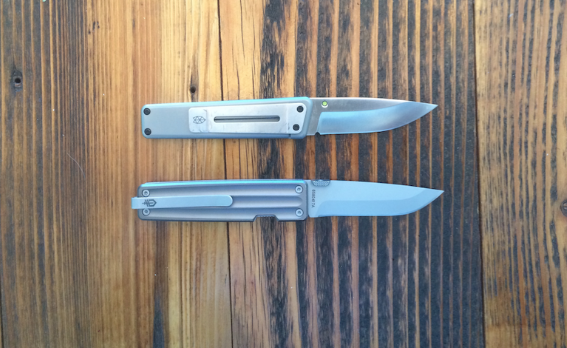
The Results
It’s clear from the packaging to the performance that the James Brand Chapter is a high-quality knife. While I would probably carry a different knife in the backcountry as it is far from a tactical knife, I would certainly carry it as a daily driver in and around the city. If you’re a collector, a design enthusiast, or want a knife that can be generational, the James Brand Chapter is probably worth the $275 price tag.
However, if you’re a budget-conscious folding knife fan, Gerber’s Pocket Square is a worthy blade. It’s also inexpensive so if you lose it, it won’t be tragic. It’s hip enough without being dubbed a hipster knife. The performance is middle of the road and it’s not super versatile, so if you’re looking for something a bit more rugged, Gerber makes a number of more practical and versatile folding knives in the $25-75 range.
Strangely enough, while testing these knives I got in the habit of carrying each for specific duties. When I was meeting friends for coffee or just generally cruising around town I got in the habit of carrying the Chapter, but when I was out in the woods or ice fishing with friends I carried The Pocket Square. In the end, I became convinced that owning a nice well-designed knife like The James Brand Chapter was well worth the investment, especially if you plan to take good care of your blade and want something that you could possibly pass down to your grandkids. However, even if you invest in a knife like the Chapter, it might not be a bad idea to buy a secondary, more affordable folding pocket knife for when there’s a high probability of losing or damaging it.
In the end, there was a clear difference in quality and craftsmanship in the more expensive knife, but it was easy to see where both could serve their purpose. Investing in high-quality products is always a sounds choice when you plan to own gear for a long time, but it’s also great to know that there are quality options for the more budget-conscious knife enthusiast.

